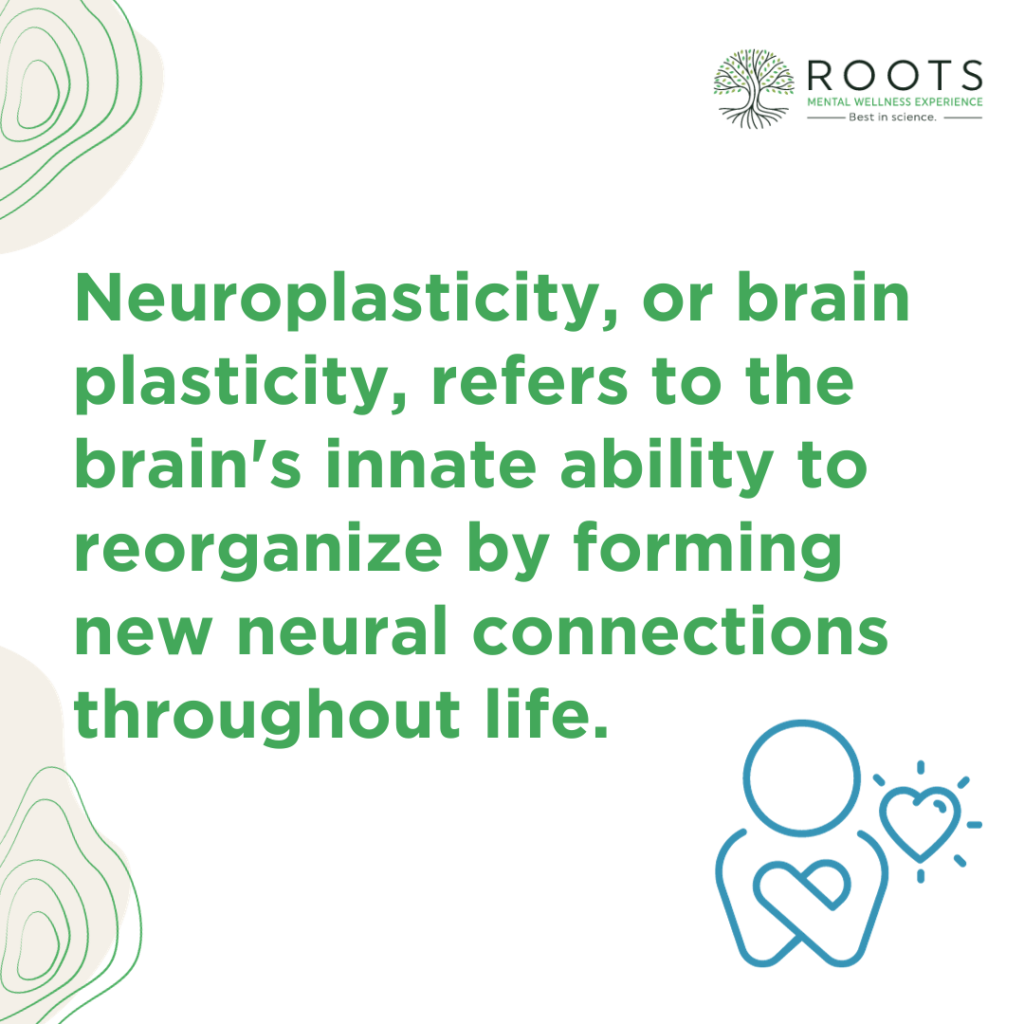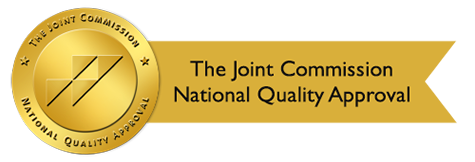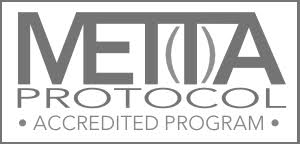Have you ever heard the old saying, “You can’t teach an old dog new tricks”? The brain was seen in a similar light for years – a fixed, unchangeable organ once we reached adulthood. However, recent advances in neuroscience have toppled this long-held belief, unveiling the fascinating world of neuroplasticity.
This transformative ability of the brain to reorganize itself, both in structure and function, in response to experiences and learning, is at the heart of our understanding of brain plasticity.
Neuroplasticity, sometimes called brain plasticity, is akin to the brain’s adaptability superpower.
This dynamic nature allows it to form new connections, strengthen or weaken existing ones, and even reorganize itself, providing a robust framework for cognitive function. This concept challenges and replaces the belief that once damaged, the brain cannot heal or change.
As we go deeper into this topic, we will explore the mechanisms, the potential, and the hope that neuroplasticity brings to the table.

What is Neuroplasticity?
Neuroplasticity, or brain plasticity, refers to the brain’s innate ability to reorganize by forming new neural connections throughout life. This characteristic ensures that the brain is not a static, immutable structure but a dynamic entity that evolves in response to learning, experience, and even injury.
Historically, the prevailing belief in neuroscience was that the brain’s structure and function were relatively fixed post-childhood. This notion stemmed from early neuroanatomical studies, which suggested that neurons, once lost, could not regenerate.
It wasn’t until the mid-20th century that these beliefs began to shift. Groundbreaking research emerged, showing that many aspects of the brain remain plastic even into adulthood. This revelation marked a paradigm shift in our understanding of the brain’s capabilities.
Functional and Structural Plasticity
Neuroplasticity can be broadly categorized into two types: functional and structural.
Functional Plasticity
This refers to the brain’s ability to move functions from damaged areas to undamaged ones. If one part of the brain becomes inactive or is damaged, another part might take over the function previously performed by the compromised section.
This adaptability is a testament to the brain’s resilience. For example, after a stroke, where a part of the brain becomes non-functional, a patient might recover some abilities due to the brain rerouting tasks to healthy regions.
Structural Plasticity
On the other hand, structural plasticity describes the brain’s ability to physically change its internal structure in response to learning and experience. As we acquire new knowledge or skills, certain neural pathways strengthen and new synapses form, while less-used pathways may weaken or dissolve.
A notable example is the famous study of London taxi drivers. Researchers found that the hippocampus, a region linked with spatial navigation, was larger in taxi drivers than in the general population, indicating an increased number of neural connections formed due to their extensive training and daily navigation through the city’s intricate streets.
Neuroplasticity and Mental Health
The plastic nature of our brains plays a pivotal role in mental health and overall well-being. With the right tools and practices, it’s possible to shape our brains in ways that promote happiness, resilience, and peace.
Addiction
Addiction can be considered a “bad habit” of the brain. When someone repeatedly uses a substance or engages in a behavior (like gambling or eating), the brain starts to build strong paths, just like a well-trodden trail in the woods. These paths link the addictive behavior to pleasure or relief, making the person want to do it repeatedly.
However, the good news is that just as these paths can be formed, they can also be changed. With the right help, it’s possible to create new paths in the brain. Therapies for addiction aim to help the person form new habits and ways of thinking. By doing so, they’re essentially helping the person’s brain build new paths and let the old, unhelpful ones grow over.
Therapeutic Interventions
Cognitive-behavioral therapy (CBT)
CBT is like a training program for the brain. It helps people identify negative thoughts and behaviors and teaches them how to replace these with positive ones. The brain starts building new paths by repeatedly practicing these positive thoughts and behaviors. Over time, these become the brain’s default, making it easier for the person to think positively and act healthier.
Other Therapies
There are many therapeutic techniques, each designed to address specific issues. One of them is Transcranial Magnetic Stimulation. Whether it’s dealing with trauma, anxiety, depression, or other challenges, these therapies can help reshape the brain. They provide the tools and strategies that help people think and behave differently, paving the way for healthier brain paths.
Mindfulness and Meditation
Mindfulness is about being present in the moment without judgment. Regularly practicing mindfulness trains your brain to focus on the here and now. This can reduce stress and improve emotional well-being.
Over time, the brain becomes better at staying in the present moment, and the paths linked to rumination (thinking over and over about the past) or excessive worry about the future become less dominant.
Meanwhile, meditation can be thought of as a workout for your brain. Just as lifting weights can strengthen muscles, meditation strengthens the brain’s ability to concentrate, regulate emotions, and stay calm.
Regular meditation can help build and strengthen the parts of the brain related to these abilities. For example, it can make the areas related to attention more robust and can calm the areas related to stress.
Neuroplasticity reveals how our brains can form new pathways and connections, adapting as we learn, grow, and face challenges. The mechanisms driving this change include the creation of neural pathways, the flexibility of synaptic connections, and the intricate dance of neurotransmitters. These elements underpin our brain’s incredible adaptability.
The real-world implications of this understanding are immense. Whether it’s aiding recovery after injuries or neurological disorders, enhancing our capacity for learning and memory, or providing tools to combat addiction, the principles of neuroplasticity are revolutionizing approaches in healthcare, education, and personal development.
There’s Help Available
If you or a loved one is struggling with addiction, remember, there’s help available. Roots Through Recovery is dedicated to harnessing the principles of neuroplasticity to guide you towards a brighter, healthier future. Contact us today!



